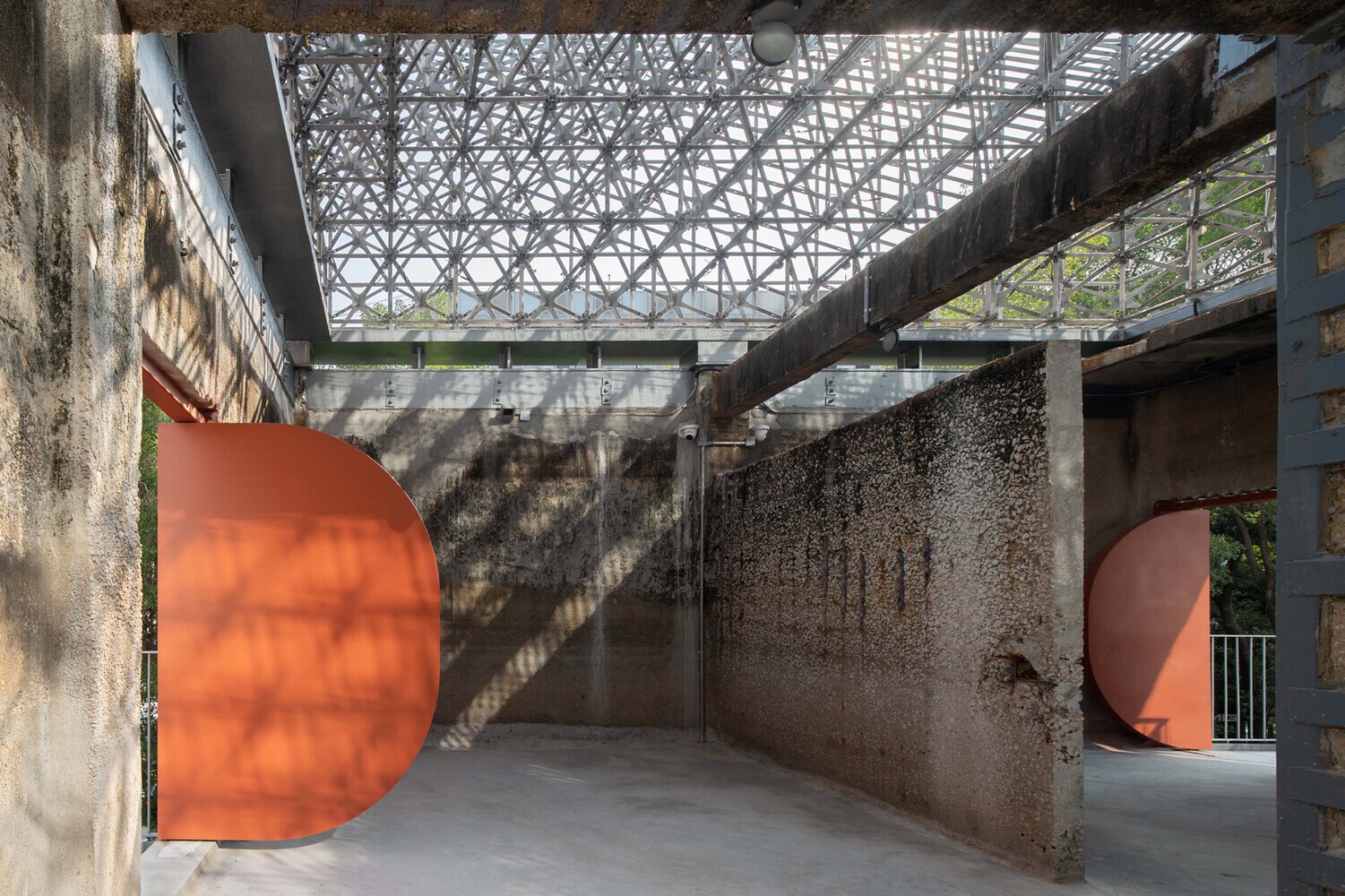
"There is growing awareness around sustainability-and the environmental cost of prematurely demolishing safe, structurally sound buildings only to replace them with new construction. In the broader race to reduce carbon emissions, corporations and institutions are placing greater emphasis on ESG performance (environmental impact, social responsibility, and governance). Many now require carbon accounting, set " carbon-neutral" targets, or purchase carbon credits to offset footprints."
"A central difficulty lies in reconciling existing buildings with contemporary codes and regulations. Many structures were designed for specific, now-outdated programs; they can be challenging to retrofit for new uses and nearly impossible to back-cast into compliance with today's life-safety, accessibility, energy, and seismic standards. The celebrated examples above often succeeded for particular reasons: prestige that attracted sufficient funding to resolve complex upgrades; extraordinary heritage value that qualified them for exemptions or alternative compliance paths; or unusually flexible original fabric."
Awareness of sustainability and the carbon cost of prematurely demolishing structurally sound buildings is increasing. Corporations and institutions are prioritizing ESG performance, implementing carbon accounting, and pursuing carbon-neutral targets or credits. A wave of high-profile adaptive-reuse projects has prompted reconsideration of reuse as a primary development strategy. Many existing buildings were designed for outdated programs and are difficult to retrofit to meet modern life-safety, accessibility, energy, and seismic codes. Successful reuse projects often relied on prestige, heritage exemptions, or flexible original fabric. Scaling reuse will require rethinking regulations, expanding performance-based pathways, and aligning policy with carbon savings.
Read at ArchDaily
Unable to calculate read time
Collection
[
|
...
]